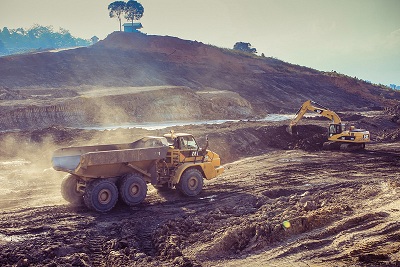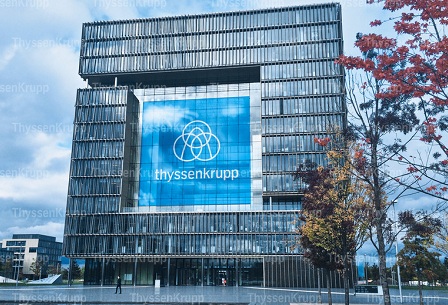Polymetal’s Mayskoye underground gold mine is located in the Chaunski District of the Chukotka Autonomous Territory of Russia. It is one of the top five biggest gold mines in Russia in terms of gold resources.
Construction of the Mayskoye underground mine commenced in May 2010 and mining operations started in 2011. Commercial production of gold concentrate started in April 2013. The deposit is expected to have a mine life of nine years.
The Mayskoye mine is expected to produce approximately 250,000oz to 275,000oz of gold annually. It processed 488,000t of ore and produced 48,400oz of gold in 2013.
Mayskoye gold mine history, geology, mineralisation and reserves
The Mayskoye gold mine is located in the Chaunski District of Chukotka Autonomous Territory and lies approximately 180km south of Pevek. The mine was discovered in 1972 and was extensively explored during 1974-1986.
Highland Gold developed the mine through its subsidiary Zolotorudnaya Kompaniya Mayskoye, before selling it to Polymetal in November 2009. The deposit is comprised of an underground mining operation with adit access to the upper levels and twin decline access to the lower levels of the deposit.
Medium-sulphide and gold-pyrite-arsenopyrite mineralisation associated with steep quartz-feldspar dykes is found at the gold mine. The most economic type of mineralisation is found in high-grade gold-quartz-sulphide veins. The majority of the gold is associated with arsenopyrite and pyrite in microscopic and sub-microscopic form.
The mine is estimated to contain proven and probable ore reserves of 7.12Mt at a grade of 8.8g/t Au and containing 2.013Mt of gold as of January 2014.
Mining and processing of ore at the Mayskoye gold mine
The underground mine is accessed through three sets of spiral ramps in the central, eastern and western sections. The mining operation is being conducted using Sandvik’s trackless equipment.
Ore at Mayskoye is of refractory type and is pre-treated through a conventional flotation method at the on-site flotation concentrator facility. The facility features a concentrator with the capacity to process ore at a rate of 850,000t. The ore passes through a single-stage crushing unit, followed by three-stage grinding and then through a three-stage conventional flotation unit. The grinding circuit is comprised of a SAG mill and two ball mills.
The thickened, filtered and packed flotation concentrate is transported to the port of Pevek via rail or road. It is then shipped to the Amursk pressure oxidation (POX) facility for further processing or for export to clients. It is the first Russian facility to use autoclave oxidation method for processing gold refractory ores.
At the POX facility, the oxide ore is processed using the conventional Resin-in-Leach (RIL) cyanidation method. The resultant slurry is further subjected to thickening, leaching, resin, resin deactivation, electrolysis and smelting, ultimately producing gold dorés. Cyanidation tailings are filtered and dry stacked in the tailings storage facility.
Construction and infrastructure facilities
Major works at the Mayskoye mine include the construction of the processing plant, infrastructure foundations, and mobilisation of a batch plant, crushing plant and excavating and earthmoving equipment.
The mine is accessed via a 187km unpaved road from Pevek town, which has a major seaport operating from July to early November.
Power supply for the mine is provided by the local grid from the coal-powered station in Pevek. Processed and potable water for the mine is sourced from a permanent water reservoir situated approximately 4km from the mine site.
Sale of concentrate from the Mayskoye gold deposit
Two export sale contracts were made with Chinese offtakers in June 2013 for supplying approximately 50,000t of refractory gold concentrate produced at the mine.
Contractors involved
Snowden Mining was engaged to audit the feasibility study report prepared by Polymetal Engineering








